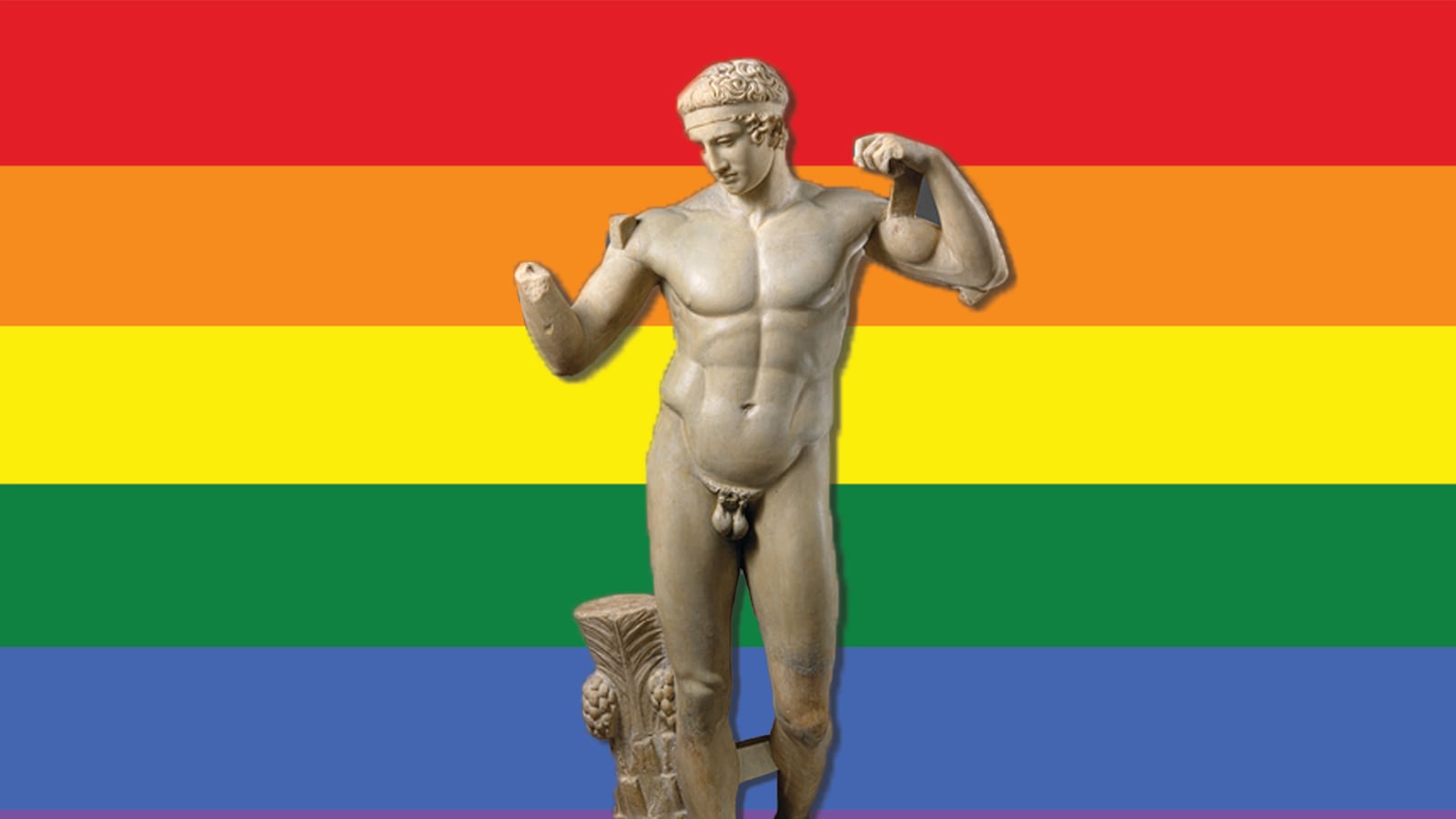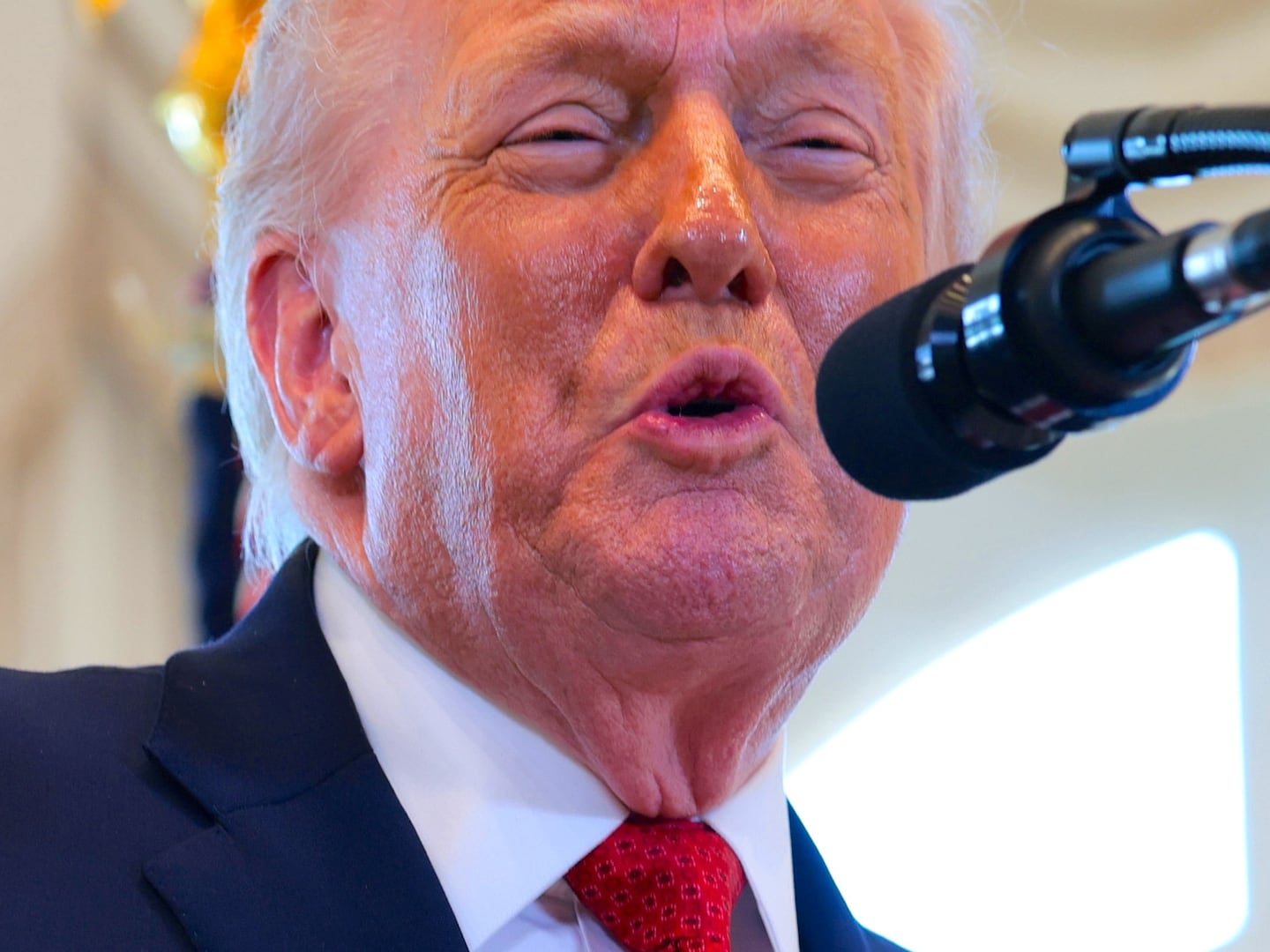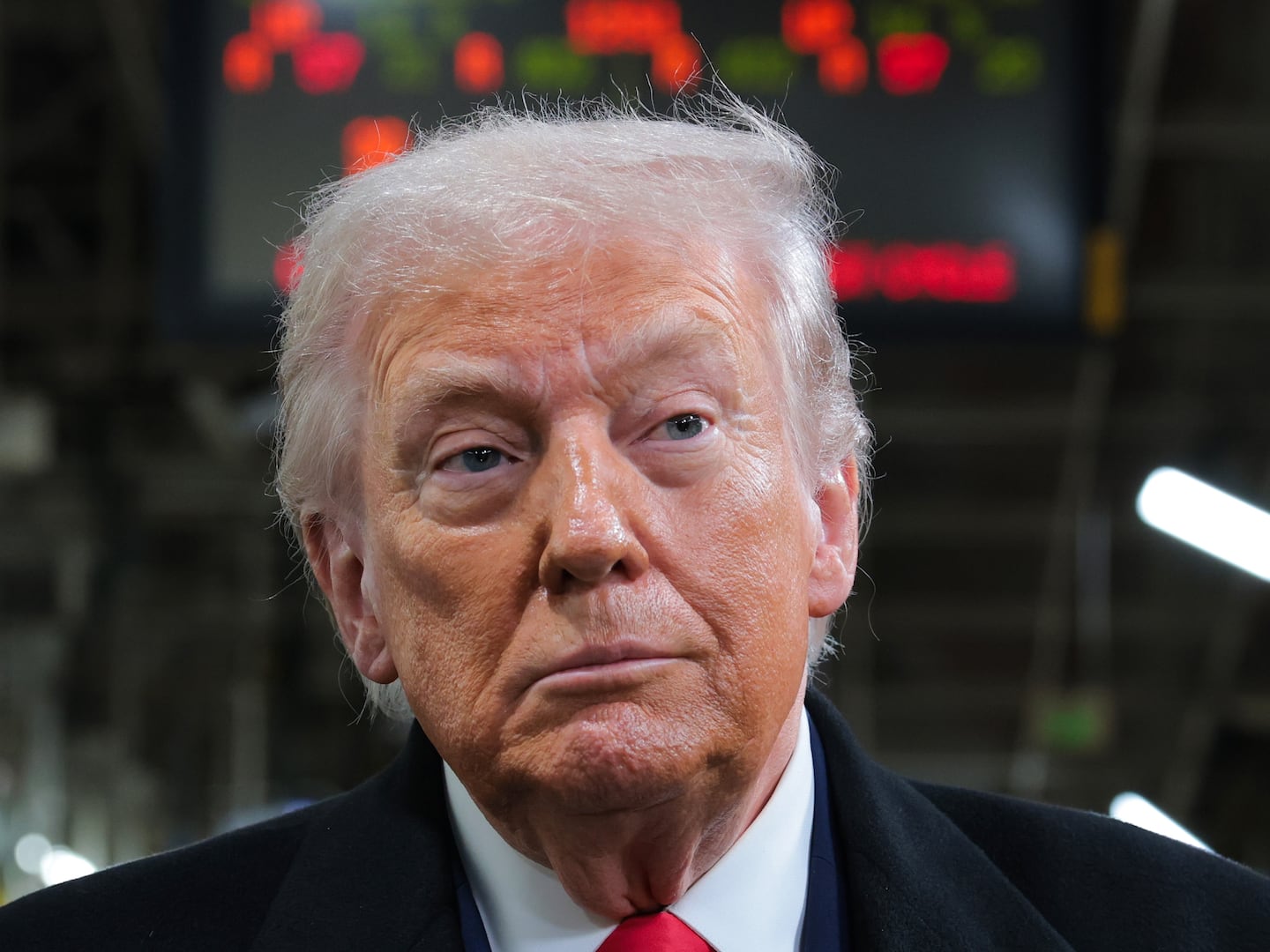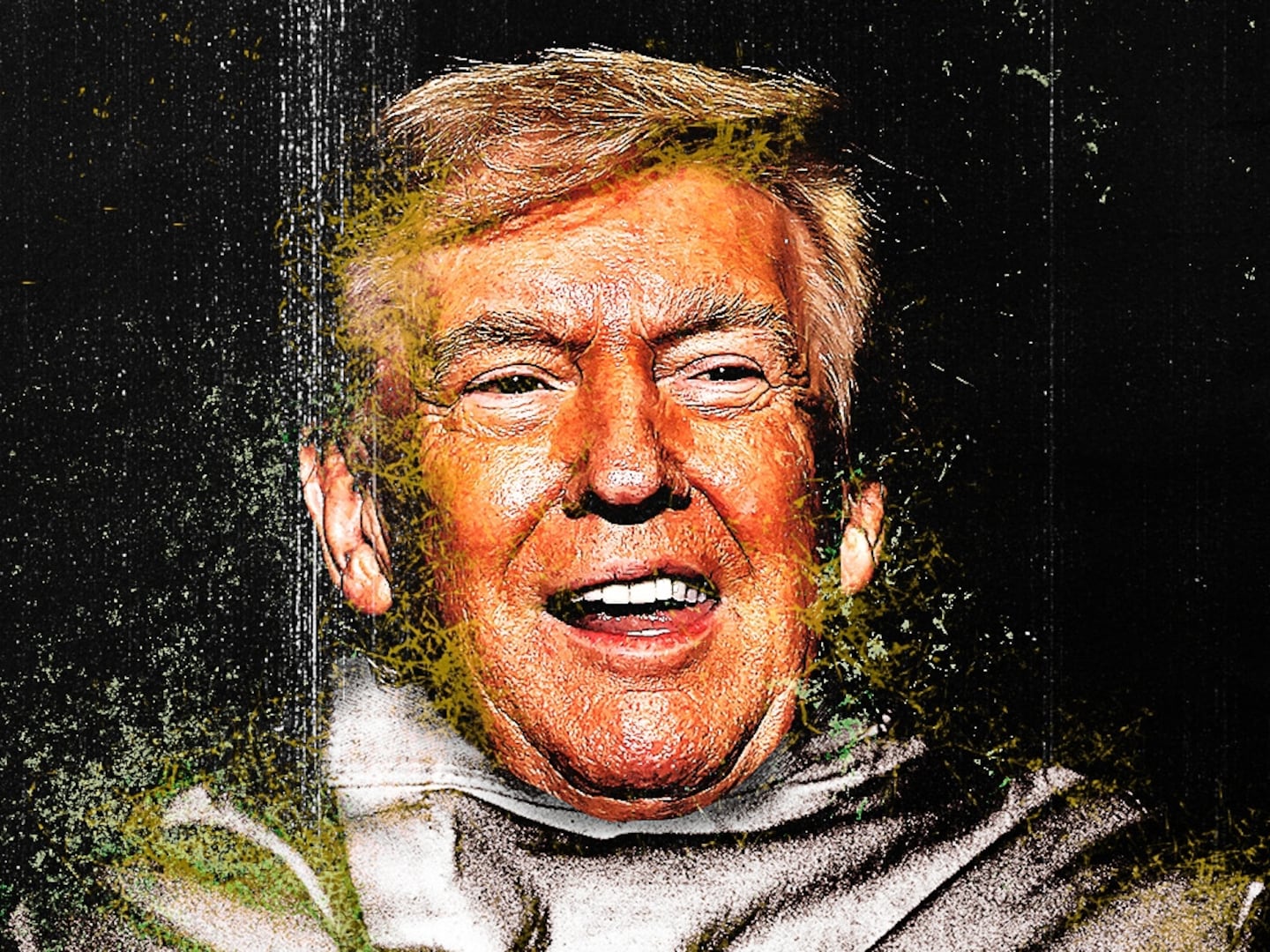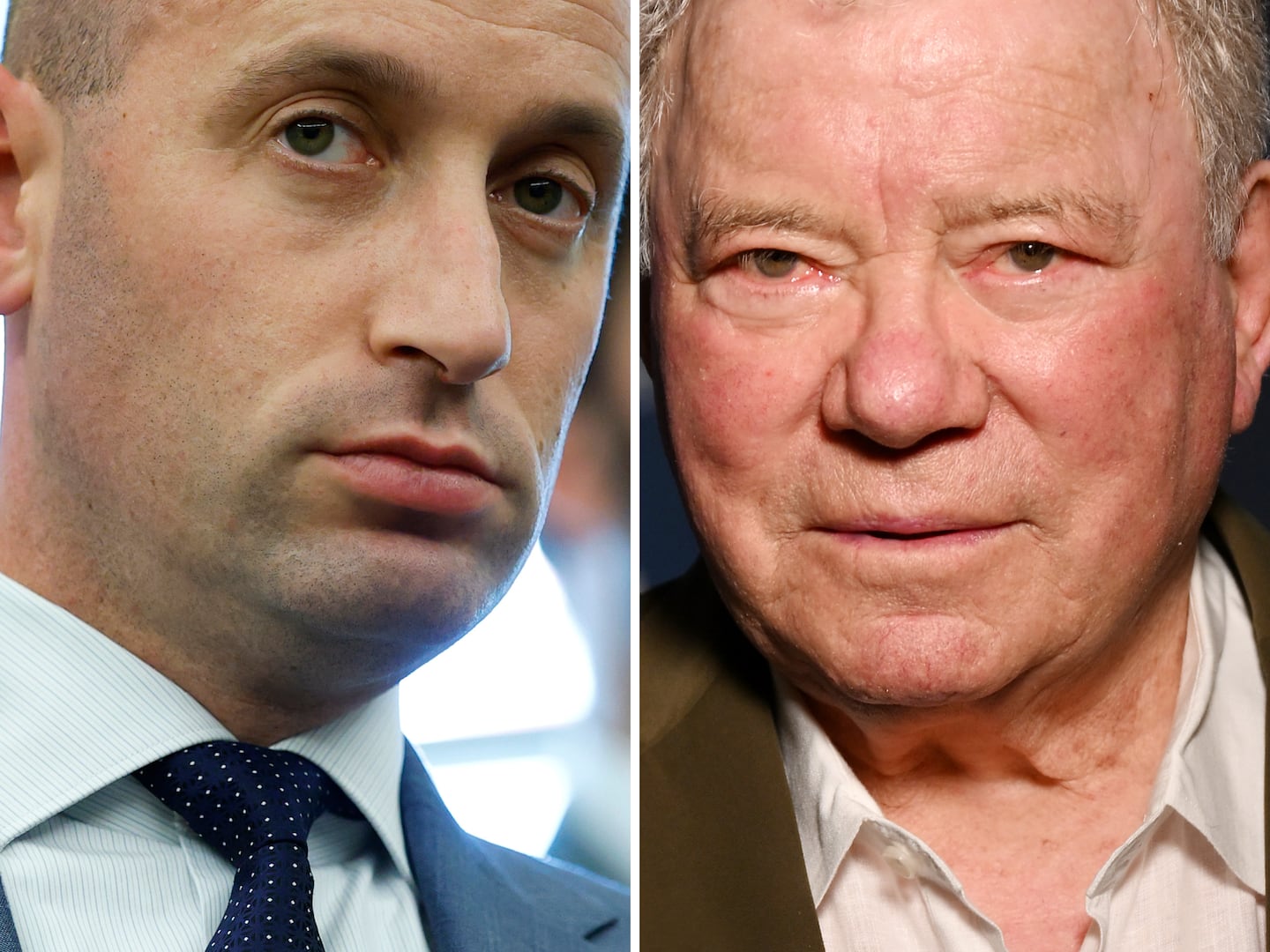If there was any doubt that New Yorkers would flock to make a homoerotic lap around one of the world’s preeminent art institutions, it was swiftly quashed by an overeager crowd of Ivy Leaguers.
In mid-February, art historian and professor Andrew Lear hosted a preview of an upcoming gay-themed tour of the Metropolitan Museum of Art for a Princeton-hosted Ivy Alumni group. When double the number of visitors that could comfortably navigate the halls showed up, he had to split the visit into two tours.
Lear launched his company, Oscar Wilde Tours, last year with the vision of launching luxury gay-focused trips across Europe. In 2014, he brought a group to visit the tour’s namesake sites: traveling to Wilde’s haunts from Dublin to London to Paris. And now, Lear has set his sights on New York City, where he’ll launch a series of new tours in April to reclaim a gay history he believes to be underappreciated.
The Ivy crowd that previewed the Met tour may have been a special interest group, but the interest was enough to show Lear that his company motto direly needed revision. So, to encompass the wider swath of customer he hopes to attract, he changed it from “Gay history for gay travelers” to “Traveling through gay history.”
At the Met, this travel is of the time-warping variety. On a whirlwind taste of what the discerning homoerotic-trained eye might spot on a walkthrough of the Met’s major exhibits, Lear, clad in a sweater and yellow turtleneck, needs only to take a few steps into the museum to find his first examples. He stands in the brightly lit entrance hall and gazes up at a sculpture of the nude, muscled Greek figure Diadoumenos, who’s peering down at him in feigned modesty. “He’s kind of the ultimate sex symbol,” Lear says.
The Metropolitan Museum of Art isn’t the first place one would think of to get a taste of gay history. It straddles the hallowed Manhattan ground connecting Central Park and the well-heeled Upper East Side. “People think all New York gay history took place in the West Village—come on,” Lear says.
He’s a slight and enthusiastic 56-year-old man, with an encyclopedic knowledge of sexuality and art in antiquity that comes out in rapid fire. He’s spent years expelling that wisdom to students at Harvard, Columbia, and NYU, but is turning his sights on the masses.
But back to the Greek nudes. Moving around a corner, Lear points out a collection of ornately painted vases depicting an older man bestowing ribbons onto a young boy, possibly a beauty contest winner. On the other side is what seems to be a courting scene. The inscription, in capital letters, reads “The Boy is Beautiful,” and the vases were made for all-male parties, leaving little doubt as to their sexual leanings.
Walking on, Lear announces the first out gay leader of ancient Rome. A glass-ceilinged courtyard illuminates the bust of Emperor Hadrian, who was in love with a boy named Antinous. After Antinous drowned in the Nile, Hadrian was so distraught he named a city, Antinopolis in Egypt, after him and also deified the boy. The multitude of depictions that followed turned Antinous into one of the most portrayed figures in antiquity.
Lear’s tour winds through these Greek and Roman statues, and into the phallic totems of Oceania (“These are fab,” Lear breathes), then upstairs to the dewy Renaissance portraits and on to the modernist 20th century pieces.
The Met doesn’t have as many male nudes as other major museums because there was little trustee backing for the curators to acquire risqué pieces in its early days. The Met’s funders, more so than other museums, Lear claims, were a dominating and “very prudish” group. As visible by today’s exhibits, that didn’t last. “There’s so much homoeroticism in the history of art that you can’t keep it out that easily,” Lear says. “Even if you try, it’s going to pop back up.”
Lear’s biggest coup is a dominating Andrea Sacchi painting. He was wandering through the Met on a scouting mission when he came to the depiction of a nude Apollo crowning the soprano singer Pasqualini. With a bit of digging, Lear concluded the painting was secretly an homage to the intimate relationship between the singer and a well-known cardinal of the time, a nephew of Pope Urban VIII. Once he saw that he knew there would be no problem in finding tour material.
“In the Renaissance, anytime there was an excuse for making something homoerotic, they do,” Lear says. He points to a Rodin: “Here we have another male in inexplicable ecstasy.” And an Edward Burne-Jones depicts a knight looking past a beautiful maiden to gaze longingly at a boy angel.
Erotic, lesbian depictions are much more rare: the entire classical period contains only three references to female-female relationships. As history advanced, women-on-women imagery increased only slightly.
Near a cubist portrait of Marsden Hartley’s dead lover is a very masculine-looking Gertrude Stein as painted by Picasso. And then there’s the artist Rosa Bonheur, who hid herself in a painting in the middle of a horse race dressed as a man back when women were barred from such events.
Lear ends the tour in the “gay corner,” with a trio of portraits done by gay New Yorkers in the 1940s art scene.
Lear plans to do a version of his tour for the Met staff. He initially feared the museum might take his idea and do it for free. “I talked to staff about it, and they said, ‘We can’t, it’s a public institution,’” he says. “It’s too risqué.” For now, the homoerotic artistry is his for the touring.
He’s has already done similar loops through the Louvre in Paris and the National Portrait Gallery in London. “So gay,” Lear says of the latter, putting his head in his hands. He calls that tour, “From Edward II to Ian McKellen: the World’s Gayest National Portrait Gallery.”
His interests are deeply European. In October, Lear will launch a luxuriously gay-themed trip through Italy, spanning Rome, Naples, Florence, and of course Pompeii with its erotic bathhouse paintings and the Vatican’s surprisingly erotic collection. Next year, he’s already planning three-day tours of London and Paris, then maybe on to Berlin, Athens, and Rome.
For now, he’s gearing up for a foray into gay New York City. There will be a Met visit, two walking tours—one in central and west Greenwich Village and the other in the East Village, and a city-spanning bus tour that will stretch from Brooklyn Heights to Harlem.
Lear, who lived in the city in the 1980s, will be moving back from Boston to launch this leg of tours. It’s a more sterilized New York today than the one he left, which proudly displayed its seedy underground. “I certainly remember trannies and hustlers giving blow jobs by the sailor’s monument,” he says of the Riverside Drive park.
New York is famous for the Stonewall Riots of 1969, but less well known is its thriving pre-Civil War drag show scene.
“We take all of this for granted,” Lear says. “No one thinks of New York’s gay history as important.”
He believes the city’s gay history has been overshadowed by the other historic movements New York is known for, and expects that once his tours bring it to light visitors will traverse the gay past just as they would study black history in Harlem or Jewish history in the Lower East Side. And this will start by blowing the lid off the Met’s not-so-subtle collection of eroticism.
“I have to say,” he concludes, after a complicated backtrack through the museum’s back stairwells and into its subterranean cafeteria, “the Met’s pretty fab.”

